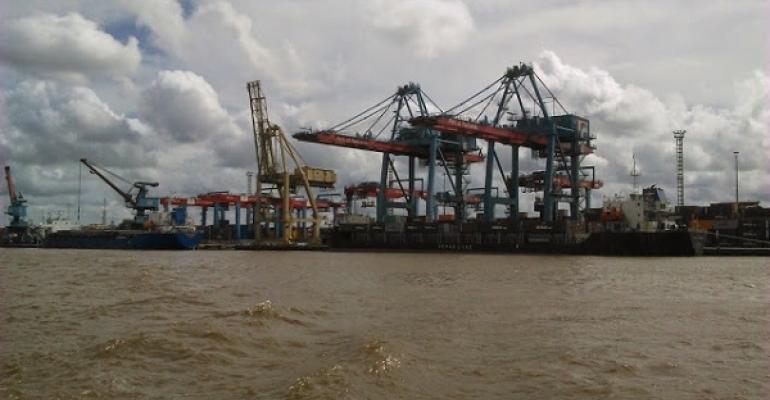Local reports cited Pelindo II corporate secretary Shanti Puruhita as saying that the port operator spends IDR70bn ($5.1m) a year to dredge sediment from the Kapuas River, where the current port is located over 10nm upriver from the coast at the inland city of Pontianak.
“The high sedimentation rate of the Kapuas River has made us think about developing a new seaport,” Shanti said.
Pelindo II Pontianak general manager Adi Sugiri explained that the river had to be dredged every year because the sedimentation hindered the movement of river transportation, the lifeblood of the transportation system in Kalimantan.
He added that as the seaport was squeezed between the Kapuas River and a crowded residential area, there was limited potential for the port to be expanded.
“Pontianak Port has good performance and is among the busiest ports in the country. We have a fully integrated loading and unloading system,” said Adi.
Shanti said that Pelindo II planned to develop a new seaport called the Pantai Kijing International Seaport in an area facing Singapore and close to Malaysia along an old shipping lane.
“It will become the largest seaport in Kalimantan to support the government’s Sea Toll Road policy,” she said, adding that the adjacent area would be developed into a special economic zone where smelters and factories would be developed to manage local commodities.
The port is expected to begin operations in the third quarter of 2019. No investment amount was revealed.
Copyright © 2024. All rights reserved. Seatrade, a trading name of Informa Markets (UK) Limited. Add Seatrade Maritime News to your Google News feed.


